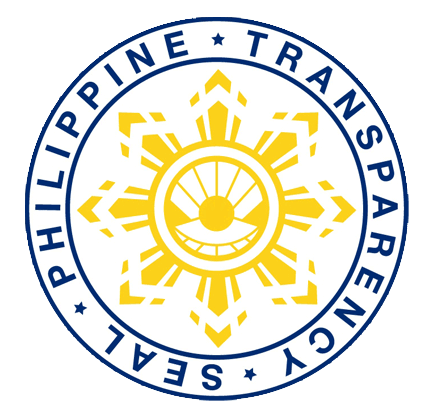Barangay VI
Brief history of Barangay VI
In the 1920s, Polao was a thickly forested area. Polao proper was the only area where few trees were located. The Subanens were the early settlers of the place. Kaingin or burning trees and grasses was their means of clearing the area ready for planting crops and root crops, the area of which was going upward to the interior portion of Mt. Malindang.
The story said that longtime ago, the inhabitants burned out the big tree, the flames of which lasted for several months. Even heavy rains could not out the fire. The people as well as “Kaingineros” used this fire for their kaingin. Because of continuous flame of the burning tree that produced light throughout the day and night, the residents used the term “Polawan.” After many years polawan was shortened to “Polao”.
Migrants from Visayas, Cebu, Siquijor and Bohol settled in Polao. Formerly Polao was a “sitio” of Kauswagan. At that time, Polao was the center business for the whole municipality of Tangub. Tangub was still a barrio and part of the Misamis (Ozamis). Polao was the center of the trading and buying commodities like copra, corn, rice, abaca, and rope as by product of abaca. Polao long before has a theater house owned by Sr. Teofilo Pereyra and a corn mill owned by Francisco Abellana Sr. And the first cockpit in Tangub before the Second World War (1940’s). The first “taboan” before the Second World War (1930’s) was located at this Barangay, Barangay VI, Purok 3 today, near the Migcanaway river bank. But after the Second World War (1940’s), the “taboan” was transferred to Barangay VII, at Purol 2 to date together with the theater house and corn mill were located.
Some of the early Chinese merchants were Mr. Puico Chu, commonly called Poya Chu with his wife Theresa Chu and Marcelo Go. According to Jualiana Carumba Suminguit, 86 years of age, married to Gaspar Suminguit with eleven (11) children and presently residing at San Apolinario, Tangub City, said that she lived in a short while with the Chu family at Polao. She further said that the Chu family was selling groceries and buyer tabacco (laylay nga dahon) at .02 centavos per kilo. She still remembered that Polao down to Centro Baybay has a cargo train owned by Sr. Teofilo Pereyra. It can carry about 20 sacks of corn pushed by 2 persons landed in a “Kamarin”, a bodega near the sea where sacks had been filed ready for shipment to Cebunga, Cebu in a Ship called “Pelayo”.
On the other hand, Marcelo Go whose wife was Cynthia Tan Go with ten (10) children started business in Polao sometime in 1950’s selling sari-sari or groceries. At present, the business is still on-going manage by the living children. With the new business name “New Marcelo Trading”.
In 1968, Polao was divided into two (2) Barangay; Barangay VI (Polao Lower) and Barangay VII (Polao Upper) when Hon. Alfonso D. Tan was the mayor of Tangub City.
Barangay Officials
| Name | Position | |
 |
Punong Barangay | Punong Barangay |
 |
Barangay Kagawad | Barangay Kagawad |
 |
Barangay Kagawad | Barangay Kagawad |
 |
Barangay Kagawad | Barangay Kagawad |
 |
Barangay Kagawad | Barangay Kagawad |
 |
Barangay Kagawad | Barangay Kagawad |
 |
Barangay Kagawad | Barangay Kagawad |
 |
Barangay Kagawad | Barangay Kagawad |
 |
SK Chairman | SK Chairman |
 |
Barangay Secretay | Barangay Secretay |
 |
Barangay Tresurer | Barangay Tresurer |
Contacts
| Barangay Hall Address | |
| Email Address | |
| Telephone Number | |
| Cellphone Number | |
| Facebook Page |




